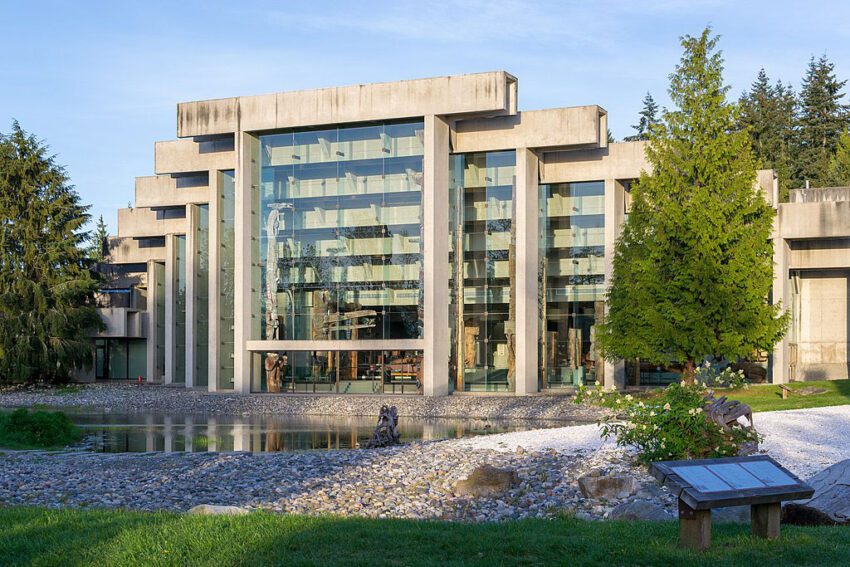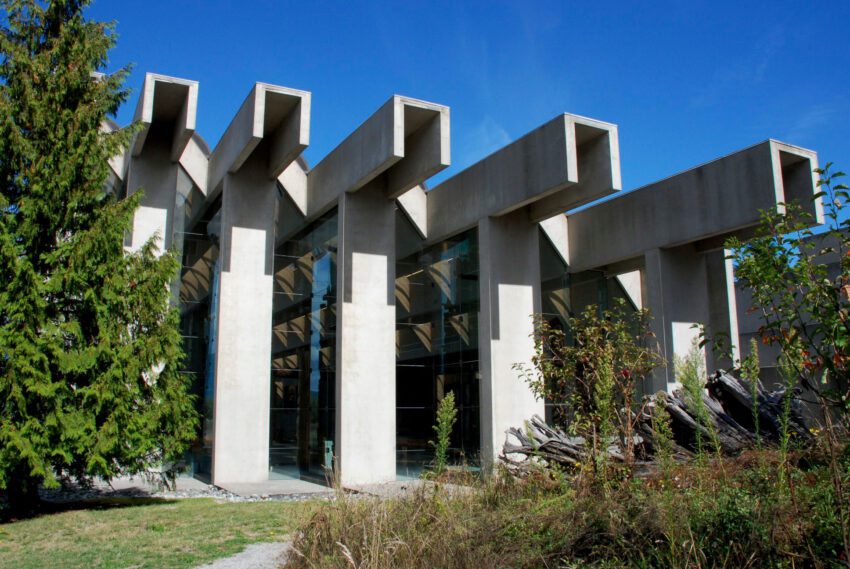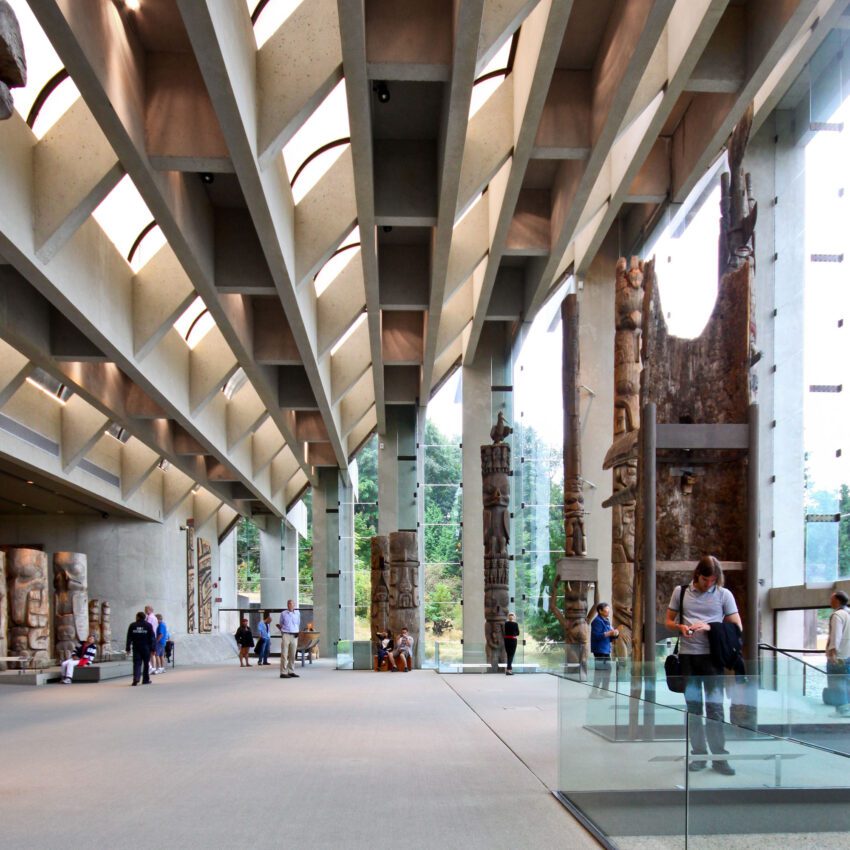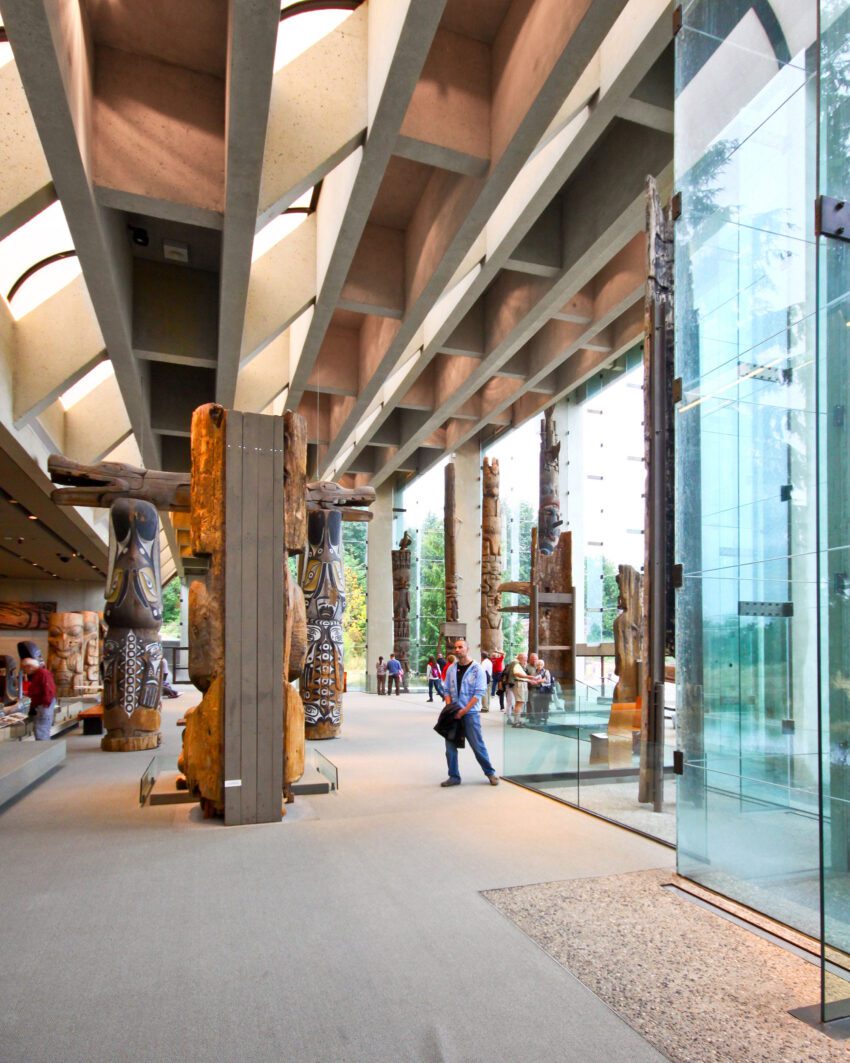Nestled within the sprawling University of British Columbia campus, Arthur Erickson’s Museum of Anthropology stands as an indomitable architectural tribute to the First Nations people and the broader cultural history of Canada. The building, conceived in 1971 and completed in 1976, showcases Erickson’s ability to blend concrete forms with the natural environment and cultural narratives.
Museum of Anthropology Technical Information
- Architects: Arthur Erickson
- Location: University of British Columbia, Canada
- Topics: Museums
- Area: 600 m2 | 60,278 ft2
- Project Year: 1971 – 1976
- Photographs: © Christopher Erickson, © Scott Norsworthy
Architecture doesn’t come from theory. You don’t think your way through a building.
– Arthur Erickson1
Museum of Anthropology Photographs
A Confluence of Culture, Architecture, and Landscape
The museum is situated on a site deeply embedded in the Musqueam people’s history, tracing their connection to the land for thousands of years. The strategic importance of the site stems from its overseeing of the sea at the mouth of the Fraser River. Post-European settlement, the site transformed but maintained its significance, offering panoramic views of the sea and distant mountains.
Erickson’s Museum of Anthropology is not just a building but a complex interplay between architecture and landscape. Set in grassy berms, forest glades, and punctuated by a large reflecting pool, the environment evokes traditional Northwest Coast First Nations villages. Erickson envisioned the museum as a passage from the forest to the sea, mirrored internally by a procession through the museum’s varied collections.
The museum’s crowning glory is the Great Hall, framed by monumental concrete structures and housing colossal totem poles. Its large glass windows tower up to forty feet, allowing natural light to bathe the artifacts and providing unobstructed views of the exterior setting. The museum further features an experimental gallery for travelling exhibits, student displays, and a visible storage system that eliminates the need for rotation of collections.
The material palette predominantly consists of concrete, wood, and glass. The massive cedar entrance doors and concrete frames evoke a respect for First Nations longhouse construction, seamlessly blending modern architectural forms with traditional structures. Unlike many of Erickson’s other works, the concrete here takes on a subtle role, emphasizing instead the organic materials and natural setting.
The Koerner European Ceramics Gallery, added in 1990, also designed by Arthur Erickson Architects, contrasts the original building’s airy quality with its grotto-like atmosphere. Another significant addition came in 2010 with the Centre for Cultural Research. Though expansive, it maintains the integrity of Erickson’s initial vision, lying low to preserve the original’s monumental frames.
The museum houses an ethnographically diverse collection, with artifacts from all around the world. Its current focus is on interdisciplinary and critical scholarship, underpinning museum education. It has progressively transformed into Canada’s largest teaching museum, offering undergraduate and master’s courses in museology, conservation, and museum education.
The Museum of Anthropology serves as a harmonious confluence of culture, architecture, and history. Arthur Erickson masterfully employs concrete, glass, and wood, to represent the land and the indigenous cultures that the museum so proudly showcases. It stands not just as a building but as an ode to the diversity and complexity of the Province of British Columbia and, more broadly, the Canadian identity.
Museum of Anthropology Plans
Museum of Anthropology Image Gallery
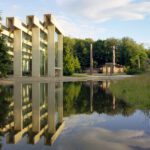
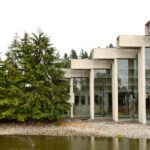


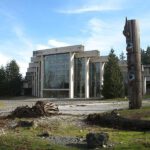
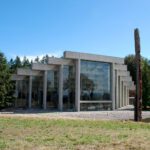


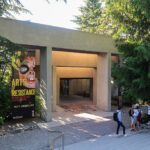
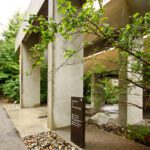


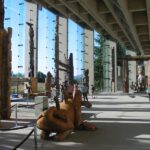

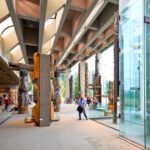

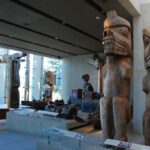

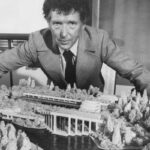
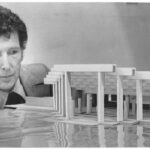



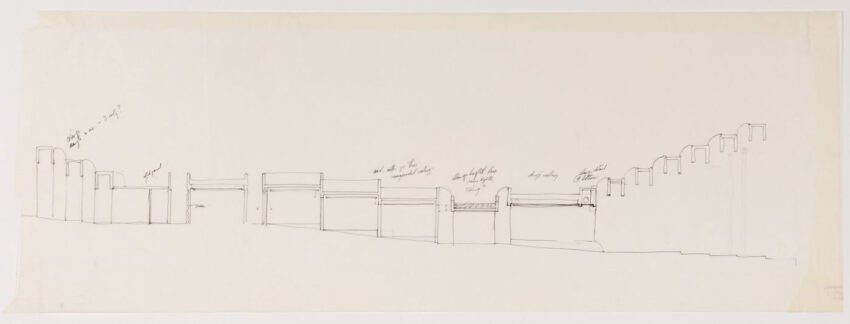
About Arthur Erickson
Arthur Erickson was a Canadian architect and urban planner, born in 1924 and passing away in 2009. Renowned for seamlessly blending architecture with the surrounding environment, Erickson gained international recognition for his innovative designs that paid homage to cultural and historical contexts. Notable works such as the Museum of Anthropology in Vancouver and the Simon Fraser University campus showcased his ability to harmonize man-made structures with natural elements. Erickson was a visionary whose contributions have left an indelible mark on both Canadian and global architecture.


